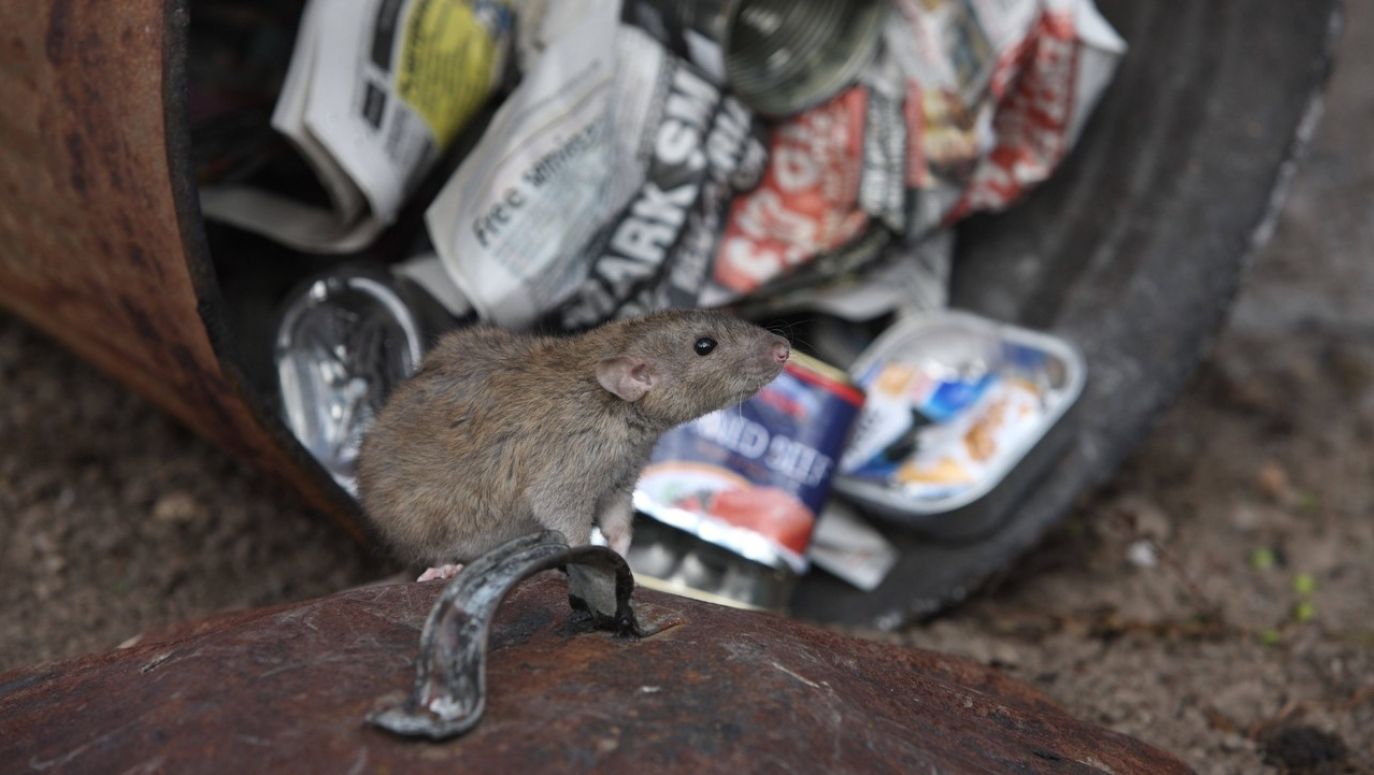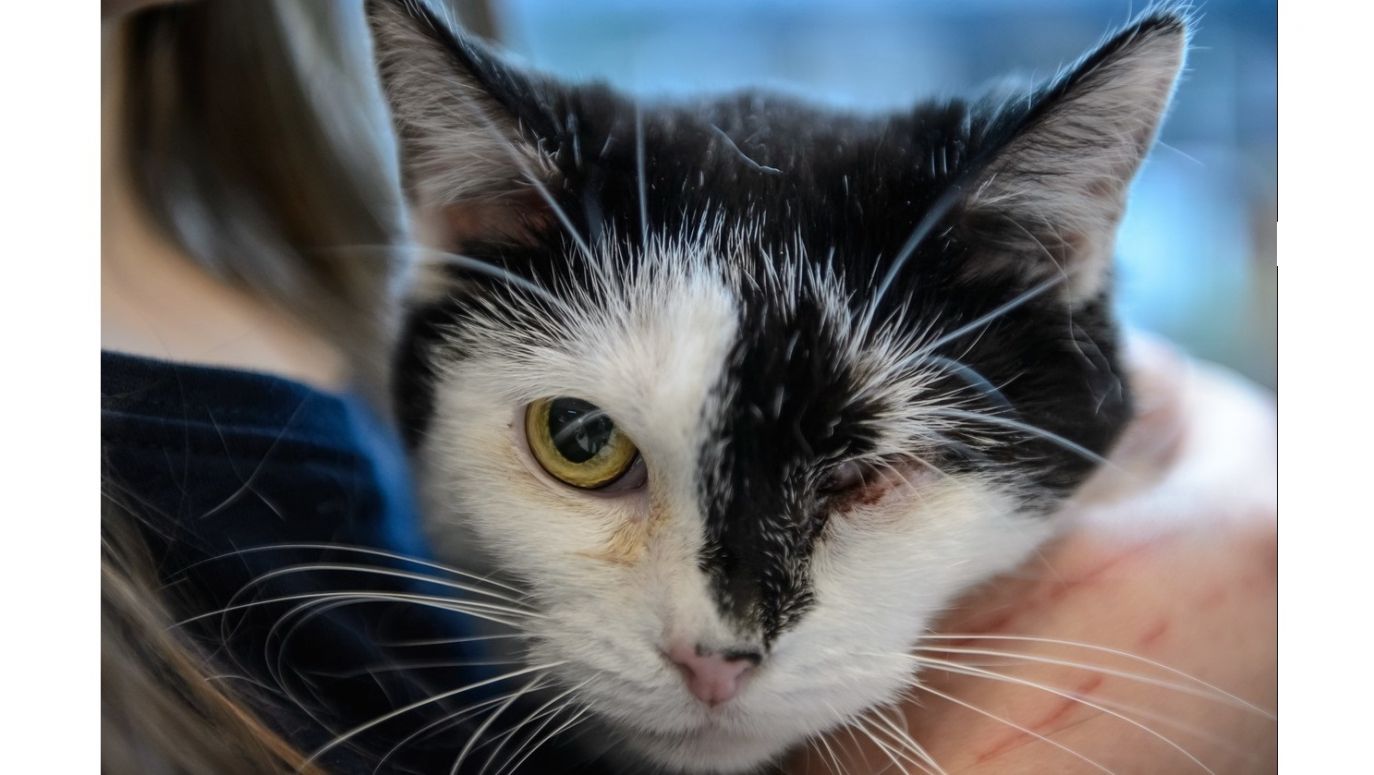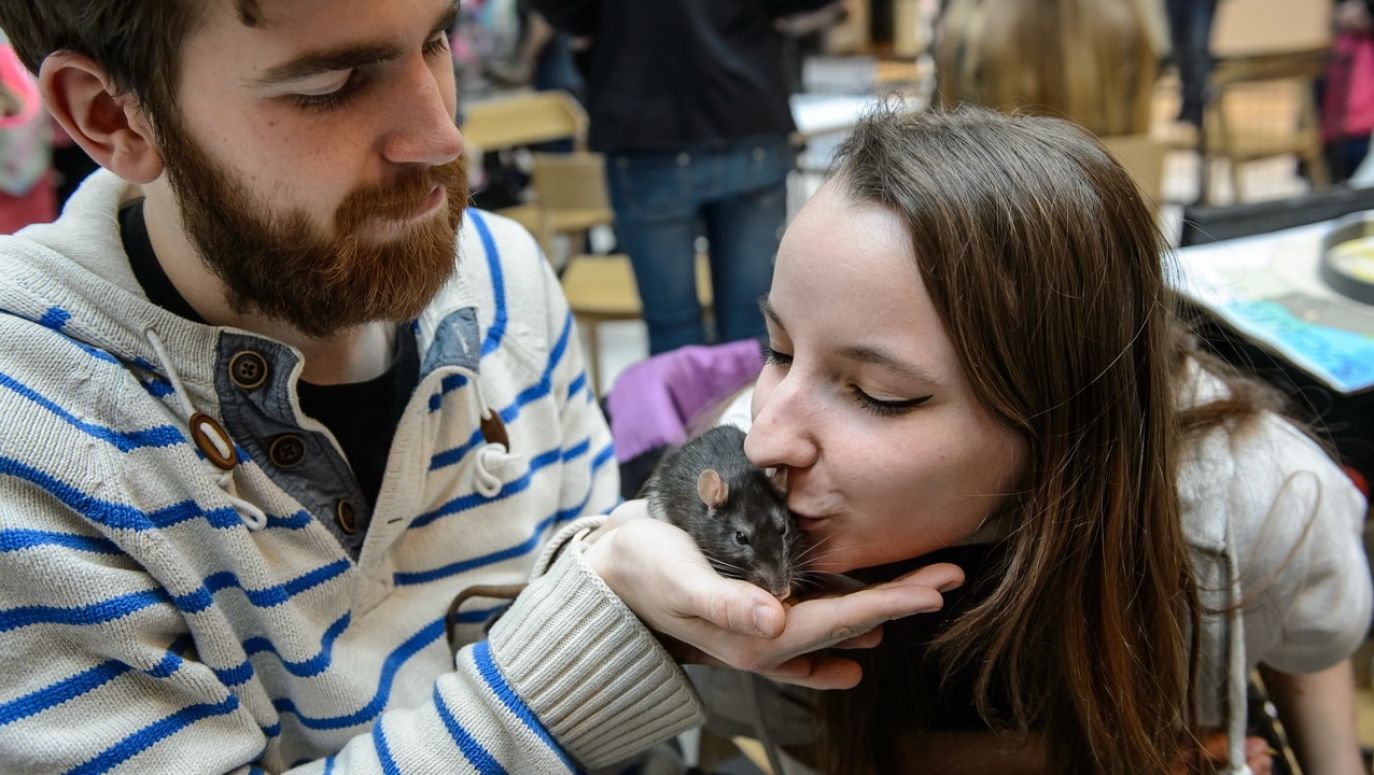So the waiter just stamped his foot – he didn’t make a scene, probably because of the guests – but the rat felt really comfortable in this part of the street, which it must have considered its own, because it didn’t immediately hide in a hole that we couldn’t see, as I’ve already mentioned. Not without reason, because the invisibility of the hole and the rat’s deep knowledge of the topography made me wonder what exactly a waiter could do.
I have already spoken negatively about the cleaver or the mallet. Rat poison doesn’t work instantly – besides why would they keep rat poison in a restaurant (and should they be allowed to, it’s poison, and the restaurant stores food). You can shoot a rat – but with what, with a sling? And what to aim at, because the rat is fast, and the hole leading to its burrow is hidden? So what to do?
 SIGN UP TO OUR PAGE
SIGN UP TO OUR PAGE

The restaurant does not keep cats, as this would only raise a scream from both sides. On the one hand the cat lovers would argue that these beautiful animals are in merciless service and are starving – since only a hungry cat will hunt mice and rats, if rats are not scared at all by a small city kitten, which I will come back to. Anti-cat people, on the other hand, would go on and on about by what right a restaurant keeps cats, even in the basement, what that is like?! Unhygienic and so on! Well, are rats hygienic?
So once again, what is to be done? – I repeat the question, duplicated on the Internet in countless variants. Call the services responsible for deratisation? But there are no such services in the sense of municipal services. There are only appropriate companies operating for private money and they will not come immediately either, because a rat hole is not a wasp nest and it does not threaten human life.
Even a cursory glance at this thread on the web shows that the problem is on the rise and it doesn’t only affect Warsaw. It applies to all large cities – someone has estimated that in Polish conurbations, there are three rats per inhabitant. Last year, a major extermination took place in the very centre of the capital: around the Palace of Culture and the so-called “Frying Pan” – a vast square at the entrance to the Centrum metro station. Tens of thousands of people pass through there every day, leaving behind kilograms and kilometres of garbage, including food – and this probably why the fight against the rats is doomed to failure from the start.


 SIGN UP TO OUR PAGE
SIGN UP TO OUR PAGE
 The restaurant does not keep cats, as this would only raise a scream from both sides. On the one hand the cat lovers would argue that these beautiful animals are in merciless service and are starving – since only a hungry cat will hunt mice and rats, if rats are not scared at all by a small city kitten, which I will come back to. Anti-cat people, on the other hand, would go on and on about by what right a restaurant keeps cats, even in the basement, what that is like?! Unhygienic and so on! Well, are rats hygienic?
The restaurant does not keep cats, as this would only raise a scream from both sides. On the one hand the cat lovers would argue that these beautiful animals are in merciless service and are starving – since only a hungry cat will hunt mice and rats, if rats are not scared at all by a small city kitten, which I will come back to. Anti-cat people, on the other hand, would go on and on about by what right a restaurant keeps cats, even in the basement, what that is like?! Unhygienic and so on! Well, are rats hygienic?






